-
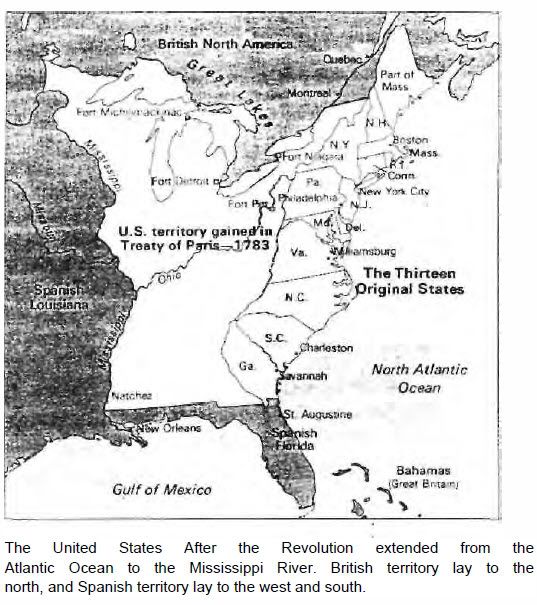
The Treaty of Paris 1783
The Treaty of 1783 ended the Revolutionary War in America. John Adams. Benjamin Franklin, and John Jay signed for the United States, and David Hartley signed for Great Britain on September 3. 1783 The treaty established peace between Great Britain and the United States and formally recognized the United States.
The United States gained all the lands west to the Mississippi river, measuring from a point west of Lake of the Woods down to 31 degrees north latitude. The treaty of 1783 also set the northern border for the United States territory. The United States received fishing rights in Newfoundland and in the Gulf of Saint Lawrence. Both Great Britain and the United States received the right to use the Mississippi river. The United States government agreed to recommend to the various states that they take measures to restore to the British Loyalists the lands taken from them during the war.
TERRITORIES AND POSSESSIONS
In t h e South
Almost all the lands which now comprise the States of Alabama. Mississippi. Tennessee. Florida and
Louisiana were territories or possessions of either France or Spain, as noted in the previous chapter.
Once the land of the states of Tennessee. Alabama and Mississippi had been ceded to the British by the French in 1763, the following events took place, in chronological order, concerning:
121
Alabama
In 1783 much of what is now Alabama was ceded by Great Britain to the United States of America.
Tennessee
This region suffered several territorial disputes among the indigenous settlers, even to the point of having three of her counties unite to declare themselves a separate state, but to no avail as, in 1788. North Carolina regained control of the region, and one year later, in 1789, it gave the Tennessee region to the United States of America.
Mississippi
In 1789 the Mississippi Territories were finally organized, sold by the British to, and made a part of, the
United States of America.
Florida and Louisiana
Florida and Louisiana were both possessions and territories of Spain.
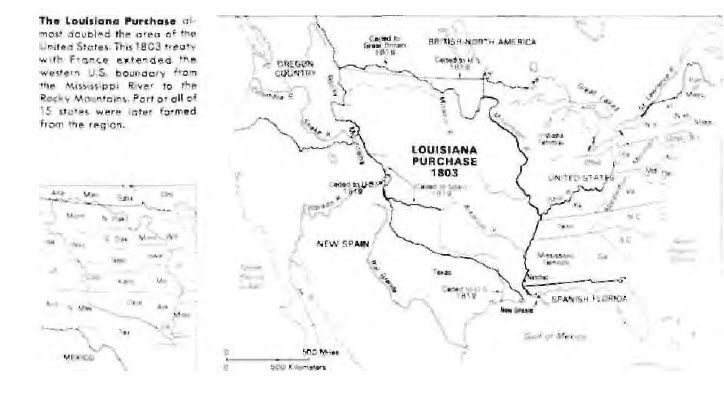
-
-
Louisiana
Louisiana was originally ceded to France by Spain through the Treaty of Ildefonso, of October 1, 1800, and France subsequently ceded it to the U.S. by the Treaty of Paris of 1803. which treaty is more commonly known as the Louisiana Purchase.
The terms of the purchase were that the United States would buy the land for the total price of sixty million francs, and the rate of exchange was set at 5.3333 francs per dollar. This gave the widely quoted price for the purchase at $11,250,000.
Cheap eh? Not quite.....
The terms called for payment by means of stocks issued in the amount of $11,250,000, with interest at the rate of 6% per annum for fifteen years, thereafter the principal to be paid off in increments of not less than
$3,000,000, per year. This gave a quite different amount when calculated out, as is shown overleat:
122
Item Description $ Costs $
Principal ..................... 11.250.000 interest @ 6% for 15 years............................................. ...... 10.125.000 less $3,000,000 partial payment
interest on $8,250,000 for 15th year...................................... 495.000 less $3,000,000 partial payment
interest on $5,250,000 for 16th year ........................................ 315.000 less $3,000,000 partial payment
inlerest on $2,250,000 for 17th year ....................................... 135.000
Sub total Purchase Cost.............................................. .$22,320,000
and this was not paid out in one large chunk, it was paid over seventeen ( 1 7 ) years! Also add to that the amount of $3,750,000 which the United States agreed to pay to those who had claims and grievances against the United States, and the total comes to twenty six million and seventy thousand Dollar.
(1803) Louisiana Purchase Price = $26,070,000.00
The Act of Congress which created this Stock and approved the purchase was passed on November 30, 1803.
One last note to add to the events of the Louisiana Purchase, at the time of the negotiation for the Louisiana purchase a member of the Burbon family of France handled them. You will recall it was around this time- frame that France was having great problems and the rightful heirs to the once throne of France had been murdered and Napoleon was the Empire but was not entitled to sell nor receive the money paid for the Louisiana Purchase. The United States paid for the purchase i n t o a bank in England because the Royal family of England was related to the Burbon and Hapsburg families of France and Austria, so the money was believed to have been paid into a bank in England for the former Royal family of France to receive it in England.
Florida
Florida was originally owned by Spain, and came into the hands of the United States by two Treaties with
Spain.
The first Treaty of 1795, as noted in Volume 8 of the Statues at Large, on pages 138-153 of the 1848 edition, and it. among other things, mutually agreed to a boundary between the U.S. and the eastern Spanish territories of what is now Florida. This border followed the current border between Alabama and Georgia and Florida, from the Perdido River along the thirty-first parallel to the Chattahoochee River, south to where today stands the Jim Woodruff Lock and Dam, then in a straight line south of east to a point about three miles north of Moniac, in the Okefenokee Swamp, then down on the St. Mary's River, south and east to the Atlantic ocean.
The second Treaty concerning Florida was concluded in 1819, and it ceded all parts of Florida, both east and west of the Mississippi to the United States. The eastern part was mentioned in the Treaty of 1795 as noted above. The western part was far larger. The description of the western lands which were ceded to the United States in Article 3 of the 1819 Treaty was as follows:
"Article III"
The boundary line between the two countries, west of the Mississippi, shall begin on the Gulf of Mexico, at the mouth of the river Sabine, in the sea, continuing north, along the western bank of that river, to the 32d degree of latitude; thence, by a line due north, to the degree of latitude where it strikes the Rio Roxo of Nachitoches. or Red River; then following the course of the Rio Roxo westward, to the degree of longitude 100 east from London and 23 west from Washington; then, crossing the said Red River, and running thence by a line due north, to the river Arkansas: thence following the southern bank of the river Arkansas, to its source, in latitude
42 north; and thence, by that parallel of latitude, to the South Sea...
123
The parties agree to cede and renounce all their rights, claims and pretensions to the territories described by the said line, that is to say: The United States hereby cede to His Catholic Majesty, and renounce forever, all their rights, claims and pretensions to the territories lying west and south of the above described line; and, in like manner. His Catholic Majesty cedes to the United States, a l l his rights, claims and pretensions to any territories east and north of the said line, and for himself, his heirs and successors, renounces all claim to the said territories forever."
At the time of the conclusion and signing of this treaty of 1819, a l l the lands which now comprise Montana, most of Wyoming, a third (1/3) of Colorado, North Dakota, South Dakota, most of Kansas, Oklahoma, Minnesota, Iowa, Missouri, Arkansas, Louisiana, Tennessee, most of Mississippi and most of Alabama as territories and possessions of the Corporation and Body Politic headquartered in Washington. D.C-- The United States of America.
Kentucky
Kentucky was created out of the Commonwealth of Virginia by the Act entitled "An Act creating Kentucky as an Independent State" which was passed by the Virginia Legislature on December 18, 1789.
The Oregon Territories
Washington, Oregon and Idaho
The parameters marking this territory are now found in the Southern. Eastern and Northern borders of Idaho, the Northern border of Washington State, and the southern border of Oregon state.
The conventions with Great Britain of 1818 and 1846 set the northern boundary with what is now Canada at the 49 parallel, and this followed eastward across the tops of Montana. North Dakota and Minnesota to lake of the Woods, thence down the Rainy River and through the many lakes, finally to follow the track of the Pidgeoin river to Lake Superior, exiting to the Pacific Ocean through the middle Puget Sound, allowing Canada to retain Vancouver Island.
The Government of this Territory was set up in the Thirtieth congress. First Session in 1848, and the second Session of the Thirty Second Congress formed the Territorial Government of Washington in 1853, noting that the border between Oregon in the south and Washington in the north should be from the Pacific Ocean through the center of the Columbia River eastwards to the town of Walla Walla, on the forty sixth degree of latitude, thence eastwards along the 46th parallel to the summit of the Rocky Mountains.

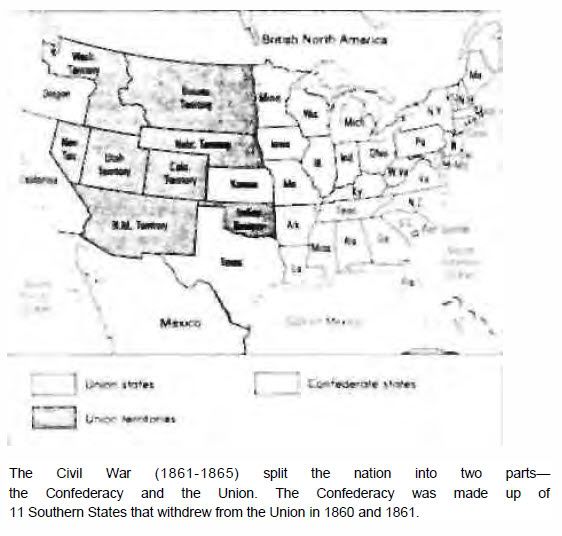
-
-
Te rritorie s and Possessions In t h e Union
Wisconsin, Michigan, Illinois, Indiana and Ohio
The lands to the east of the Mississippi and to the northwest of the river Ohio were ceded to The United States of America by the deed of cession of March 4, 1794 wherein it was stated "we..by virtue of the power and authority committed to us by the act of the said General assembly of Virginia...[of October 20, 1783]....and in the name, and on the behalf of, the said Commonwealth do, by these presents, convey, assign and make over to The United States in Congress assembled...all right, title and claim, as well of soil as of jurisdiction...the territory or country within the limits of the Virginia charter [40 degrees to 48 degrees north], situate, lying and being to the northwest of the river Ohio, to and for the uses and purposes, and on the conditions of the said recited Act."
The United States in Congress Assembled subsequently, in Article V (5) of the Ordinance for the government of the Territory of the United States Northwest of the River Ohio, dated July 13, 1787 stated:
There shall be formed in the said Territory not less than three nor more than five States: and the boundaries of the States....shall become fixed and established as follows, to wit: The western State, in the said Territory, shall be bounded by the Mississippi, the Ohio, and the Wabash Rivers: a direct line drawn from the post Vincennes. due north, to the territorial line between the United States and Canada....the middle States shall be bounded by the said direct line the Wabash from Post Vincennes to the Ohio, by the Ohio, by a direct line due north from the mouth of the Great Miami to the said territorial line, and by the said territorial line: the eastern State shall be bounded by the last mentioned direct line, the Ohio, Pennsylvania and the said territorial line: And...if Congress shall hereafter find it expedient, they shall have authority to form one or two States in that part of the said territory which lies north of and east and west line drawn through the southerly bend of extreme of Lake Michigan."
The same treaty of 1819, which ceded "East Florida" to the United States, also ceded "West Florida", (west of the Mississippi) to the United States. "West Florida" was much larger. The description of these western lands ceded to the United States in Article III of the 1819 Treaty was as Follows:
Including Louisiana and New England and the Spanish Territories.
125
It included all eastern states. Louisiana. Oklahoma except for the handle, to the North east corner of Colorado most of Wyoming and Montana up to the 48th parallel.
The Republic of Texas and the United States Act approved on September 9, 1850 of the Thirty First Congress
The Treaty with Mexico December 30, 1853
The Gadsden Purchase ended the Mexican War in 1848 left some doubt about the western part of the boundary between Mexico and the United States. To clear up this question, and also to provide the United States with a good southern railroad route to the Pacific Coast, the government bought from Mexico a strip of land that included the region south of the Gila River in what is now Arizona and New Mexico.
The United States paid $10 million for the 29.640 square miles in the purchase.
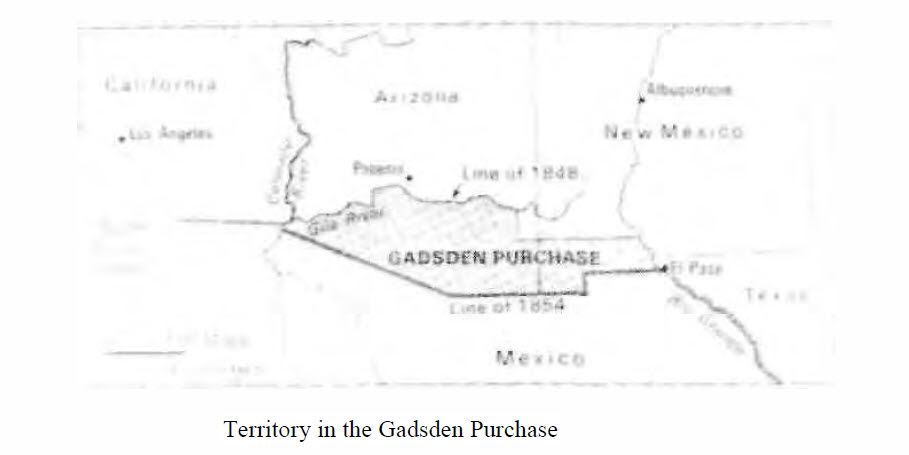
-
-
WASHINGTON D.C.
AND
THE NAME CHANGE OF THE VIRGINIA COMPANY
The earlier formed company by the name of the "Virginia Company" was in need of some revamping and it was time for a name change and some reorganization for the company owned by the King of England and still is. Another effort to hide ownership and give the people false hope of freedom from an outside controlling monarch in this country. The united states of America has for some time been owned by the crown of England and the Declaration of Independence did not set us (the common people) free from the outright ownership of this country by the original 48 controlling families of Europe. The "Virginia Company" was renamed the United States of American a corporation and body politic (a southern based corporation). The owners remained the same the name just changed.
Soon after the new incorporation of the company of the United States of America a proposal for a "federal town" for the deliberations of the Continental Congress were made in 1789. John Adams, presiding officer of the Senate, cast the deciding vote of that body for Germantown, Pa. In 1790 Congress compromised by making Philadelphia the temporary capital for 10 years. The former and still present Virginia Company members of the House wanted a capital on the eastern bank of the Potomac; they were defeated by the Northerners, while the Southerners defeated the Northern attempt to have the nation assume the war debts of the 13 original states, the Assumption Bill fathered by Alexander Hamilton. Hamilton and Jefferson arranged a compromise; the Virginia men voted for the Assumption Bill, and the Northerners conceded the capital to the Potomac. President Washington chose the site in October of 1790 and persuaded landowners to sell their holdings to the new government at about $66, an acre. These areas of land that Washington chose were about
30 square miles of land west of the Potomac. The city's present territory had belonged to Maryland, and the land west of the river was part of Virginia. The two states turned over the territory to the federal government a corporation and body politic.
WHERE IS THE UNITED STATES OF AMERICA?
The corporation of the "United States of America" all big letters only occupies 68 square miles which is today known as Washington the District of Columbia. This is a most important fact to always remember. Everything outside of this 68 square miles is not as you have been lead to believe the "United States of America" it is the "united States" of America.
WHY CAN THE UNITED STATES GOVERNMENT CONTROL YOU THEN? Because you don't understand verbiage, its all in the semantics, you know.
We will cover a couple of ways they have made you become a part of their controlling corporation and body politic. They have placed you under contract, and you are unknowing of this action by this corporation. You have agreed to the rules of their system. And over and over again you have signed your rights away. For example:
U.S. citizen means the United States Corporation has jurisdiction over you or kingship ruler. This goes back to the English control. The way it should be is states in this type of verbiage; I am a citizen of the united states. Now you have jurisdiction over the United States or Kingship, you have not given your freedom and power away to a corporation or system that you do not want to be controlled by.
Since 1938 they have been giving people false promises and tricking people into becoming a card carrying member of their system, (the United States), by first telling you it is voluntary to joint the Social Security System and now it has become damn near mandatory to do anything you have to have a Social Security System Card, that number is required to get a drivers license, a bank account, get into school, get a passport and the list goes on and many c a l l it part of the mark of the beast.
127
For example paying taxes to the Internal Revenue and the military draft is voluntary, if you sign away your rights by applying for a social security number, you are now a part of their system, the United States of America, and must play by their rules. When you sign for the social security number you also give the system of the United States Government jurisdiction over you anywhere in the world. You are no longer a free man, you gave that right away when you applied for that number. Many of us have been placed into this system by our parents, who didn't know what they were putting their child into. Parents nowadays are not able to use children as tax deductions unless the child has a social security number. There after the child or even and uninformed adult is placed into a system of control by "Fraud".
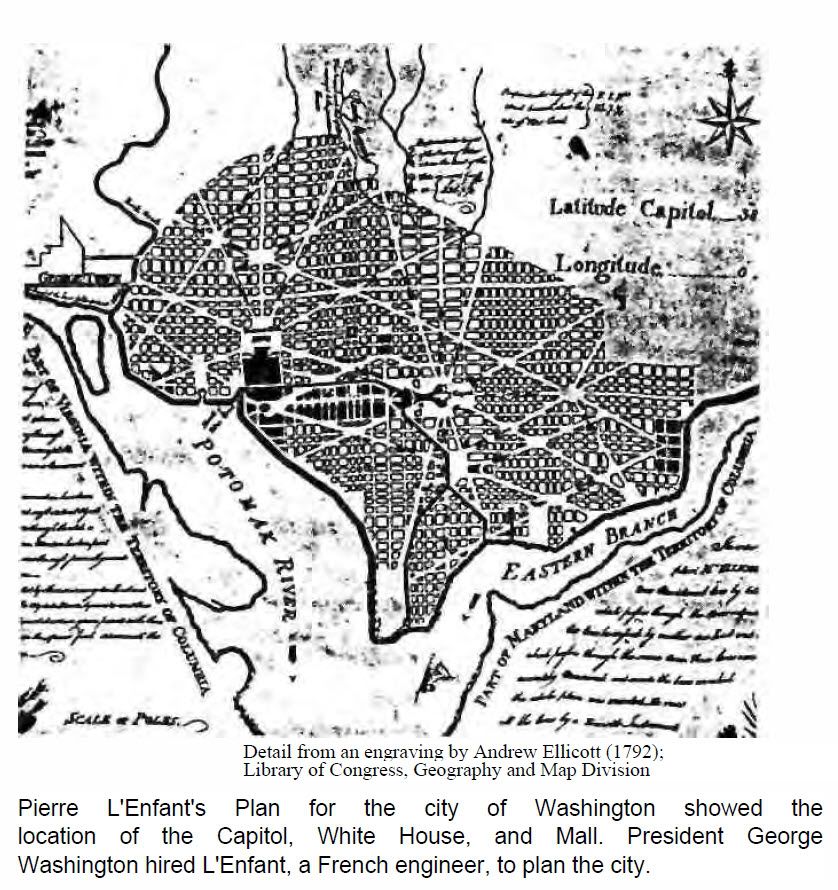
-
-
-
-
-
-
-
-
-
-
-
-
DO YOU REALLY UNDERSTAND THE TERM UNITED STATES?
United States of America -- united States of America
DO THEY MEAN THE SAME THING?
The very first thing you must do is look at a statute (law created by men) that uses the term "United States" is a metaphor. In other words, it can mean more than one thing, depending on how it is used. ( Cunard S. S. Co, vs. Mellon, 262 US 100, pg. 122.) I will not quote any of the cases, but will only give you the cities (case#), unless it is imperative that I quote from the case. The term "united States" can have more than one meaning. It is referred to in Black's Law Dictionary, 5th Ed., pg. 1375. and the Supreme Court States:
"The term "United States" may be used in one of several senses. It may be merely the name of a sovereign in a family of nations. It may designate territory over which sovereignty of the United States extends, or it may be a collective name of the States which are united by and under the Constitution." -Hooven & Allison Co. vs. Evatt, 324 US 652, pg. 672 & 673.
When looking at statutes, one must look at what the Supreme Court said with reference to understanding a statute;
"The starting point in any endeavor to construe a Statute is always the words of the Statute itself; unless Congress has clearly indicated that its intention are contrary to the words it employed in the Statute, this is the ending point of interpretation."Richards vs. United States, 369 US 1, 9, 82 S. Ct. 585, 590, 7 I. Ed. 2nd.
492(1962).
We now go to the Federalist Papers which explain what the words expressed in the Constitution meant by the very people who helped write them. They are explaining intent. Both the Federalist Papers and the Constitution are in p l a i n English and contain no legal jargon, so they cannot be misunderstood. You must read Federalist Paper 39 wherein it states"... first in order to ascertain the real character of the government, it may be considered in relation to the foundation...(preamble)., on which it is to be established;....".
Now comes the hard part. In Federalist Papers 1 through 7 the term "United States" is never mentioned except for the first sentence in Federalist Paper No. I. The Framers spoke only of America which was the thirteen colonies (States) as there was no United States. These Framers were the People of the Colonies. They were telling the people of America that they were going to form a more perfect Union by creating, first the United States, which was not one of the Colonies, but a separate entity in itself. To prove this, the last eight words of the preamble ("this Constitution for the United States of America") explains it, wherein they stated that they were going to establish a Constitution for the entity called the United belonging to America.
If you have a hard time grasping what I am saying, then look up the word "of in the dictionary. Does it not say "belonging to"? It also means "Origin." Remember, America, the States of the Union, cannot and does not belong to the united States which was formed by the Framers (people of america who were calling themselves at that time "We the People of the United States, "for they equated themselves as the origin of the United States. Look up the definition of "United States" in Bouvier's 1870 Dictionary. In this instance, the word "of means origin. They did not say "We the People of the united States of America," did they?
They did create a Constitution (or Contract) FOR the United States which belongs to (of) America. America is the Union of States united by and under the Constitution, as the Hooven Court stated, that ratified the contract in which it was understood the States gave only limited rights which were enumerated (spelled out) in the main body of the Constitution.
Federalist paper # 15 proves my above statements.
137
"The great and radical vice in the construction of the existing Confederation is in the principle of LEGISLATION for STATES for GOVERNMENT, in their CORPORATE or COLLECTED CAPACITY, as contradistinguished from the INDIVIDUALS of whom they consist. Though this principle does not run through all the power delegated to the Union, yet it pervades and governs those on which the efficacy of the rest depends. Except as to the rule of apportionment, the United States have an indefinite discretion to make requisitions for men and money; but they have no authority to raise either by regulation extending to the individual citizens of America.
Now let us move to a modern-day definition. In a Tax case cited as Moore vs. U.S., 87-1 USTC 9848: "MEMORANDUM ORDER AND OPINION....Defendant United States of America ("United States") has filed...." Here again is proof that the term United States of America, in plain English, means the United States, and not the 50 States of the Union (has filed, not have filed!).
Since you can define the United States three ways you had better be sure how the term United States is being used. Are you a Citizen or citizen?
1. I am a Citizen of the United States like you are a Citizen of China. Here you have defined yourself as a National from a Nation with regard to another Nation.
2. I am a United States Citizen. Here you have defined yourself as a person residing in the District of Columbia, one of its Territories, or federal enclaves (area within a Union State) or living abroad, which could be in one of the States of the Union.
3. I am a Citizen of these United States. Here you have defined yourself as a Citizen of one of the 50 States united by and under the Constitution.
The way to make statement #3 grammatically correct is, "I am a Citizen of these united States." This would be as it was written in the Declaration of Independence, providing you get a copy of the Original Document. What is now printed in the books has been changed to a Capital "U" for united. One other way #3 can be stated is; I am a Citizen of the united States.
When you use the term United States, it can be plural or singular. This phrase; "Every person born or naturalized in the defines the United States in its singular form because of the work"its."
This is found in 26 CFR 1.1-1 (c) which is a United States regulation, that cannot be used on an American
citizen. See Hamilton Fed. Paper # 1 5 supra. Citizen with a small "c" denotes and inferior subject to the capitalized United States, which is a proper Noun. Also for the United States to be plural the phrase would
have to state, " .... and subject to their jurisdiction..." Notice how nicely the people who write the tax laws use
correct and proper English. Most Americans don't bother to sit down with Congress' definitions and find out how the exact words are used in the Taxing Statutes.
The definitions used in 26 USC or 26 CFR are very clear in defining State and United States. In every definition that used the work "include," only the words that follow are defining the Term. For example:
SEC. 3121 (e) (1) "State. The term "State" includes the District of Columbia, the Commonwealth of Puerto
Rico, the Virgin Islands, Guam and American Samoa."
SEC. 7701 (a) (9) "United States. The term "United States" when used in a geographical sense includes only the States and the District of Columbia."
The Government has used these definitions correctly but people assume they mean the 50 States of the Union (American) when they look at the word States in 7701 (a) (9). You cannot use common everyday usage of the words "United States" or "State" when talking about the Tax Laws.
Please go to your Library and pick up the Omnibus Acts. They can be found by looking up 86th Congress volume 73, 1959, volume 74, 1960. These are Public Laws 86-70, 86-624. This points out the crafty way the
138
Government uses correct English and how Congress changes words by using their definitions, because all the United States codes had to be changed to allow Alaska and Hawaii to join the Union of States, a glaring example is when Alaska joined, congress added a new definition, that being, "Continental United States."
"Sec. 48. Whenever the phrase "continental United States" is used in any law of the United States enacted after the date of enactment of this Act, it shall mean the 49 States on the North American Continent and the District of Columbia, unless otherwise expressly provided."
When is it expressly provided?
"Sec. 22(a) Section 2202 of the Internal Revenue code of 1954 (relating to missionaries in foreign service), and section 3121 (e) (1), 3306 (j), 4221 (d) (4), and 4233 (b) of such code (each relating to a special definition of "State") are amended by striking out "Alaska."
"(b) Section 4262 (c) ( 1 ) of the Internal Revenue Code of 1954 (definition of "continental United States";--The term "continental United States" means the District of Columbia and the "States" other than Alaska and Hawaii.
WHAT ARE THE STATES OTHER THAN ALASKA AND HAWAII? They certainly cant be the other
48 States united by and under the Constitution, because Alaska and Hawaii just joined them, Right? The same definitions apply to the Social Security Acts. So what is left, Puerto Rico, Guam, Virgin Islands, etc. These are the States of (belonging to) the United States and are referred to as "the States of the United States." Do not confuse this term with States of the Union, remember what the word "of means.
Congress can change the definition of United States for two sentences and then revert back to the definition it used before the two sentences. This is what they did in Public Law 86-624, pg. 414, under School Operation Assistance in Federally affected areas (d) (2):
"The fourth sentence of such subsection is amended by striking out "in the continental United States (other than Puerto Rico. Wake Island, Guam, or the Virgin Islands)" and by striking out "continental United States" in clause (ii) of such sentence and inserting in lieu thereof "United States (which for purposes of this sentence and the next sentence means the fifty States and the District of Columbia)." The fifth sentence of such subsection is amended by striking out "continental" before "United States" each time it appears therein and by striking out (including Alaska)."
Now since typewriters could be purchased from the areas that just joined the Union, according to Title 1. Congress had to use a term that is NOT used in the Internal Revenue Code.
"Sec. 45. Title 1 of the Independent Office Appropriation Act, I960, is amended by striking out the words "for the purchase within the continental limits of the United States of any typewriting machines" and inserting in lieu thereof "for the purchase within the STATES OF THE UNION and the District of Columbia of any typewriting machines."
Another point brought out by the Omnibus Acts is that Selective Service Sec. 36 Section 16 (b) does not apply to the 50 States of the Union.
Does this prove that lack of knowledge will keep you in chains?
AN ANALOGY TO THE ABOVE
This would be like saying, "the dog's bone." You haven't defined whose bone it is. It could belong to the dog next door, but drop the letter "s" from dogs, put in "and it's." (i.e.. and it's the dog bone) then it's no question that it belongs to A dog. But what dog, yours or the one next door. Now have you assumed the bone I'm talking about is a bone a dog would eat? Could be, because I haven't defined the type of bone it is, have I?
The United States is a proper noun ending in "S" so the "S" is not dropped when made a singular noun. I won't do your thinking for you. but look what Congress did in 26 CFR 1-1.1 A, B & C.
1 39
I never say I am a United states citizen. Since citizen in t h i s case is used in 26 CFR ! 1 - l (c), it means you are subject to its (United States) jurisdiction since you are deemed to be a citizen "of the U.S.. residing "at Home" (D. C.) or residing abroad. Remember. Congress can and does define any term to its liking as long as it serves their purpose. A grey elephant today can be defined as a pink elephant tomorrow, so don't argue that it's a grey elephant in court the day after tomorrow.
Have you ever heard the President being introduced on TV or at any public function as "the President of the United States of America? NO? Why not? Who does he preside over? Does the Governor of your State ask Bush to OK a final B i l l that he just signed?
Here are the facts concerning the term "United States" used in the Tax Laws:
1. "United States" docs not mean the fifty States of the Union, unless Expressly stated.
2. "United states" means areas within the fifty States of the Union which are ceded to the "United States."
3. "United state"means the possessions which are states of Guam, american Samoa. Puerto Rico, and the
(American) Virgin Islands.
4. Both 2 and 3 are called "states" and are not to be confused with States of the Union.
]5. "United States" are; Congress assembled, at home (the seat of Government), District of Columbia and its territories (called states) and possessions (ceded areas).
6. "United States" citizen does not mean a Union State Citizen.
Fact number 5 "at home," as used in the first Income Tax Act of 1913, means the east of Government as defined in dictionaries at that time. You will not find the term "at Home" in modern-day dictionaries. What are Ceded areas? Look in your State Statues for the areas which your State ceded (turned over) to the United States. For example:
New Jersey Statute Annotated. Title 52. Chapter 30. Sec. 1.2. & e. General Laws of Idaho Annotated. Chapter
7. Sec. 58701. 702. 705. Missouri Statutes, chapter 12, Sec. 12.010. 020. 030. & 040.
Constitution of the State of Texas, Art. 16. Sec. 34, & Revised Civil Statute, Title 85, Art. 5242 to 5252.
Why all this confusion over the simple term "United States?" Everybody knows that the District of Columbia is not a State like the 50 States of the Union, and yet it is referred to in all the United States Codes as a "State." This is why:
"The District of Columbia is not a "state" within meaning of the constitution." - U.S. vs. Virginia, 1805
"Under Act of Congress of 1801, 2 Stat. 103, assuming the government of the District of Columbia in virtue of the secession from Maryland and Virginia, the laws of those states and the proceeding in their courts as parts of those laws were recognized within such portion of the district respectively, as originally were within the l i m i t s of the ceding states." - U. S. vs. Eliason, 41 U.S. 291, 16 Peter 291,10 L Ed. 968
"The corporation which 16 Stat. 419 created by the name of the District of Columbia succeeded to the property and l i a b ilities of the corporations which were thereby abolished." District of Columbia vs. Cluss, 103 U. S.
705, 26 L Ed. 445
The District of Columbia is a corporation (and body politic) which is also known as "United States." It must have its own definition for "State" since it and the Territorial states (Guam, etc.) were not formed by and under the Constitution. Since it is the Primary State owning Guam, Puerto Rico, etc., it is referred to a "States" in Income Tax and Social Security laws, as well as all other Codes of the United States.
140
How are these states lumped together with the 50 American States in the Internal Revenue Code when they cannot be classed as States under the Constitution? Use the word "means," because to use "includes" as defined in IRS is restrictive. An example. Sec. 6103 (b)(5) States;
"The term State means any of the 50 States, the District of Columbia, the Commonwealth of the Northern
Mariana Islands, and the Trust Territory of the Pacific Islands."
In the spoken form you must ask the person who is asking the question to define the way they are using the term "United States" such as Is it the 50 States of the Union united by and under the constitution, is it the District of Columbia and its Enclaves & Possessions, or are you referring to the Nation?
Remember, this Article deals only in defining the tennis "United States", "united States" and "America".
-
 Regullat e Postimit
Regullat e Postimit
- Ju nuk mund tė hapni tema tė reja.
- Ju nuk mund tė postoni nė tema.
- Ju nuk mund tė bashkėngjitni skedarė.
- Ju nuk mund tė ndryshoni postimet tuaja.
-
Rregullat e Forumit








 Pėrgjigju Duke Cituar
Pėrgjigju Duke Cituar



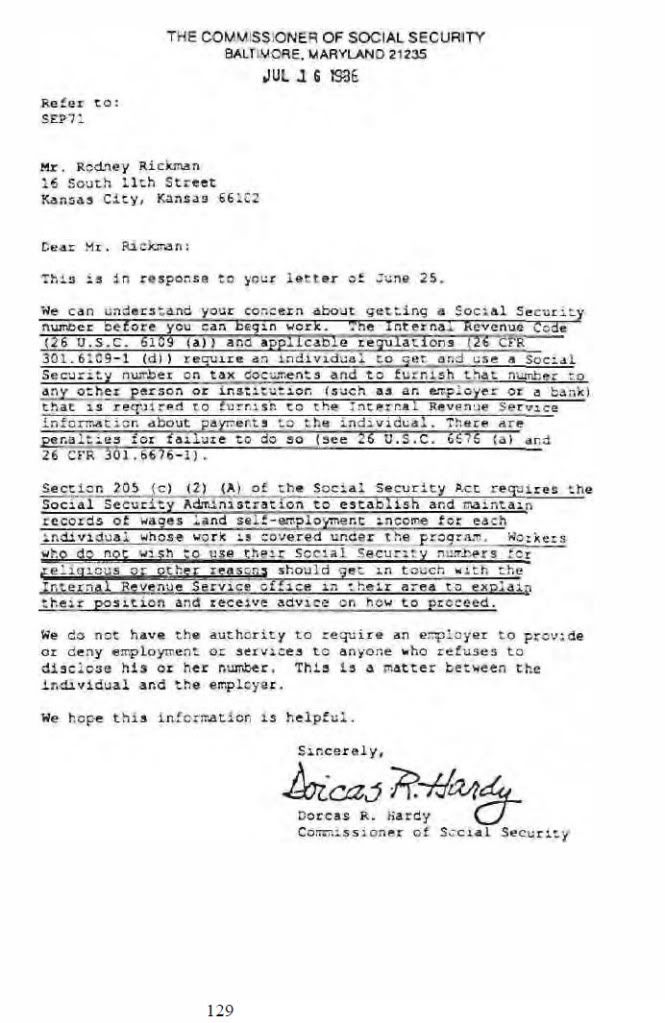
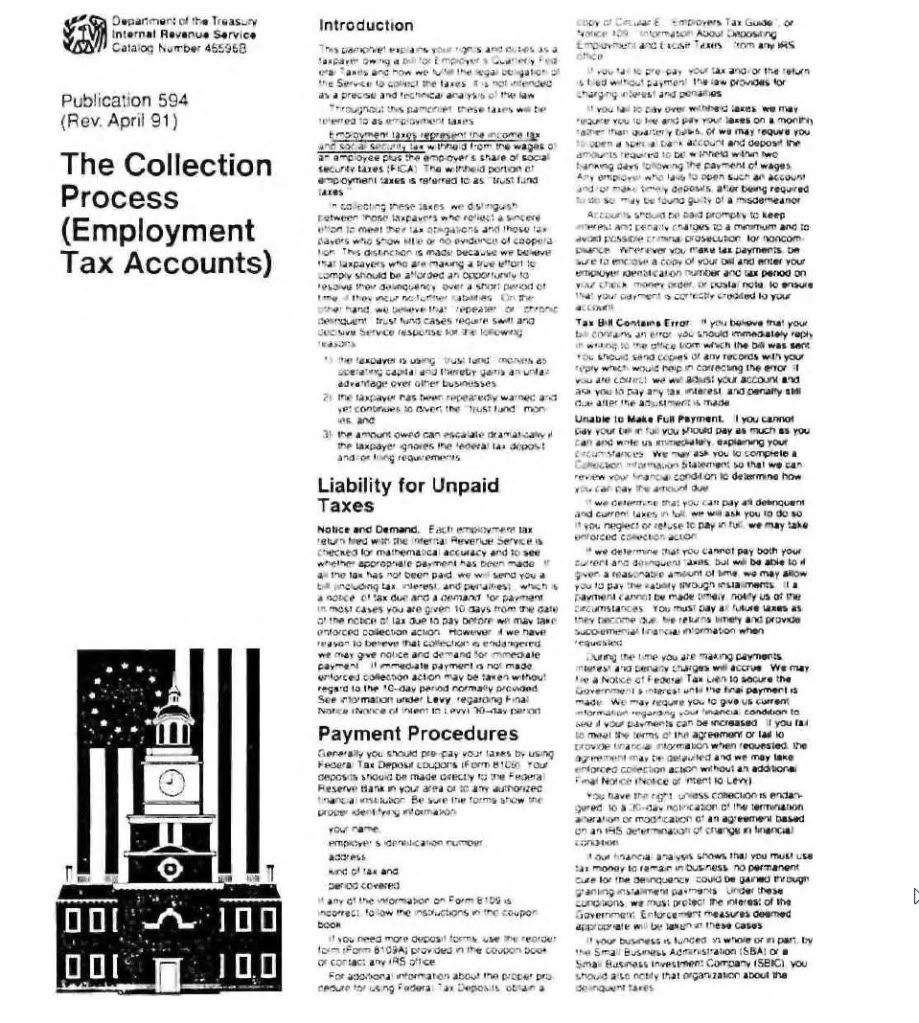
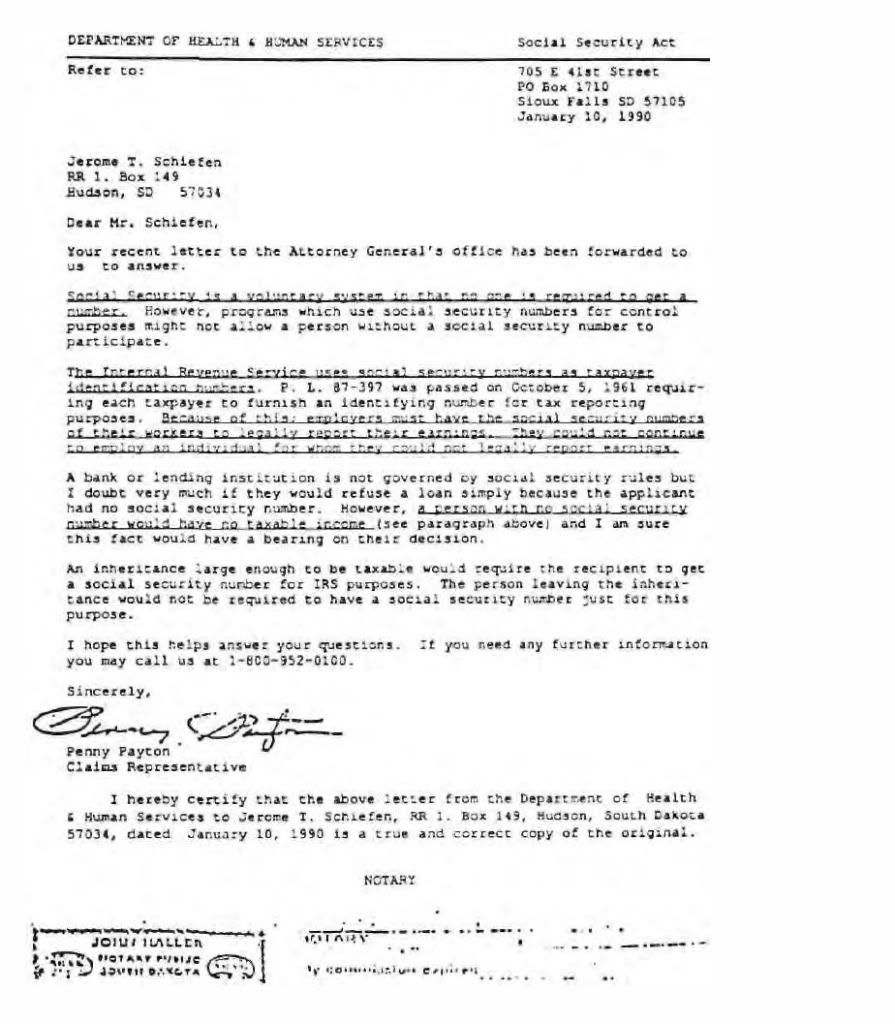
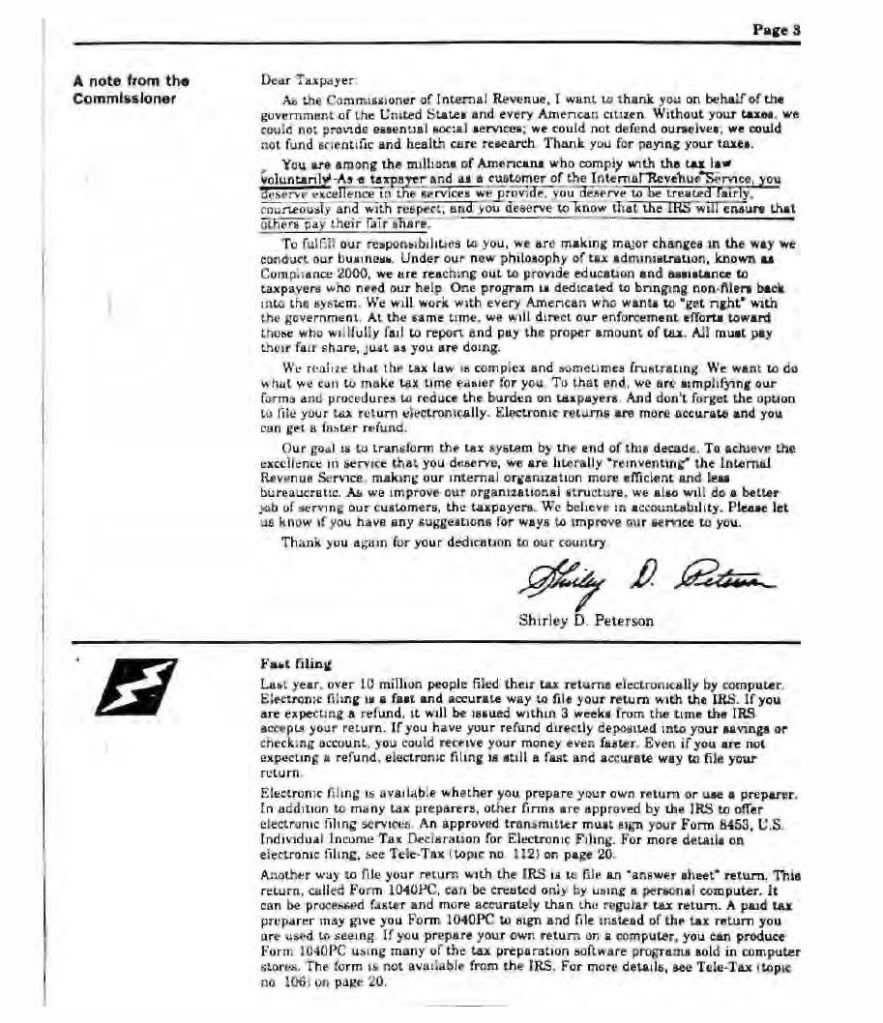
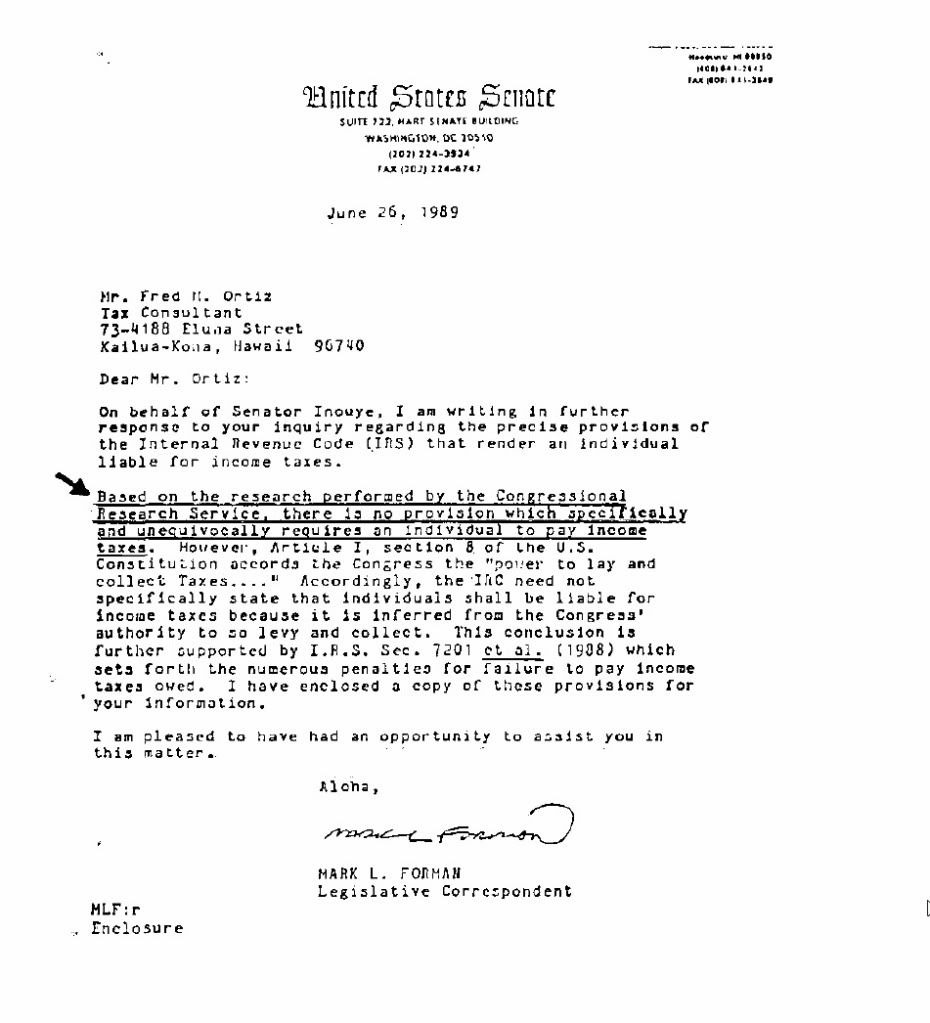
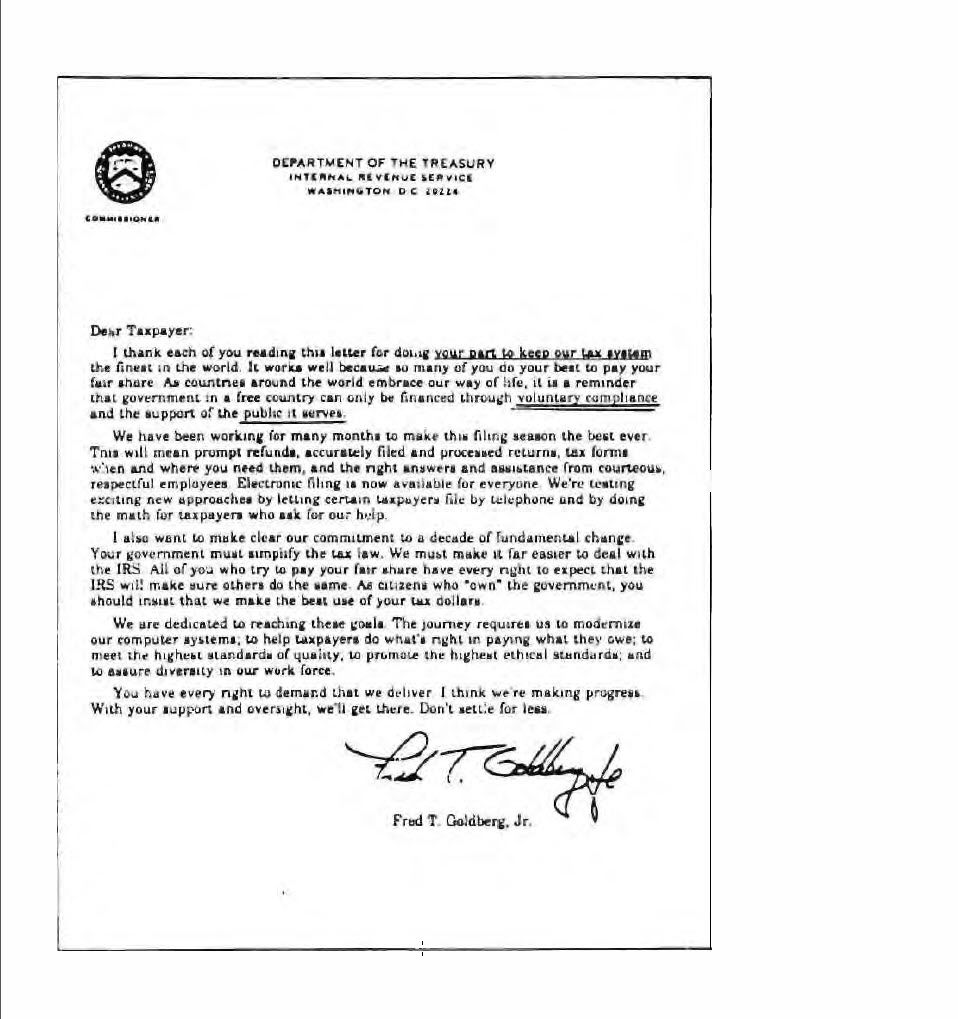
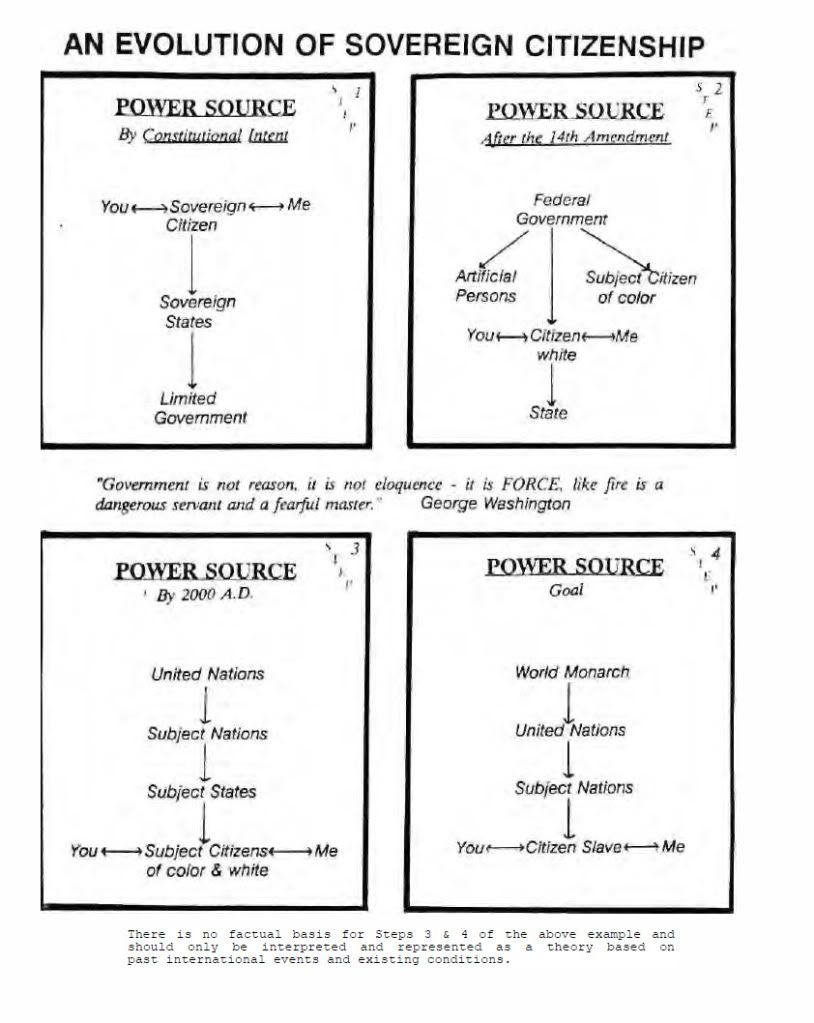
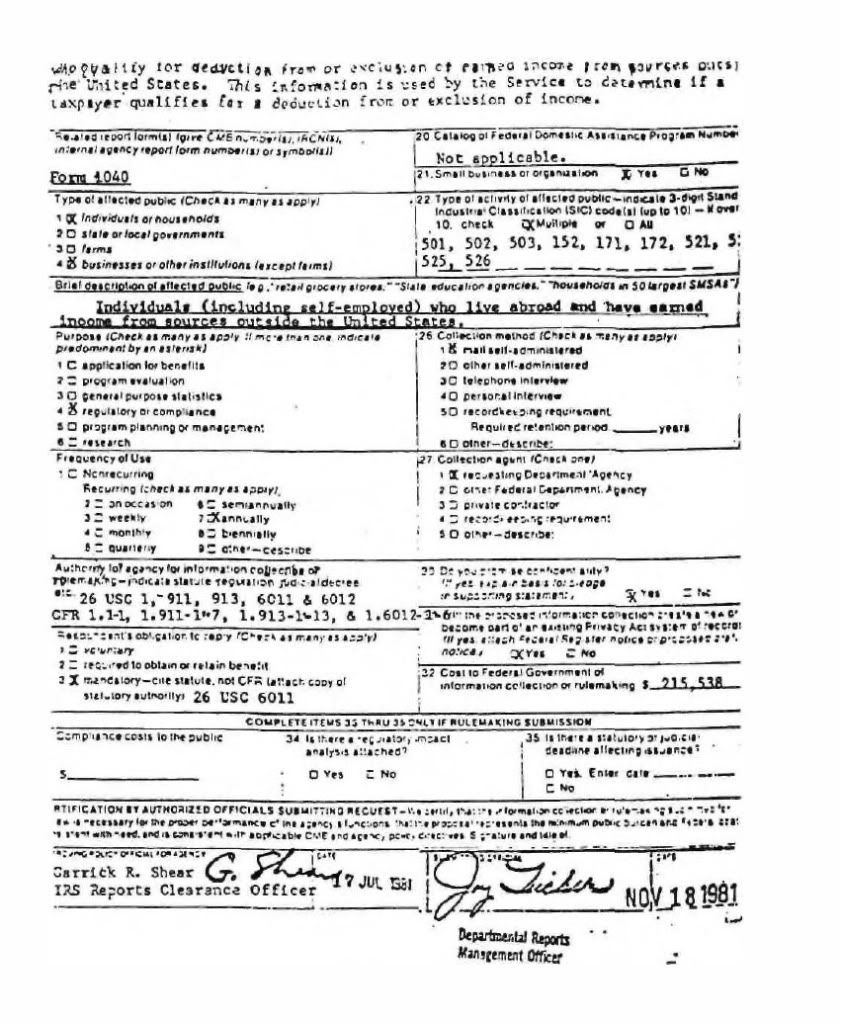

Krijoni Kontakt